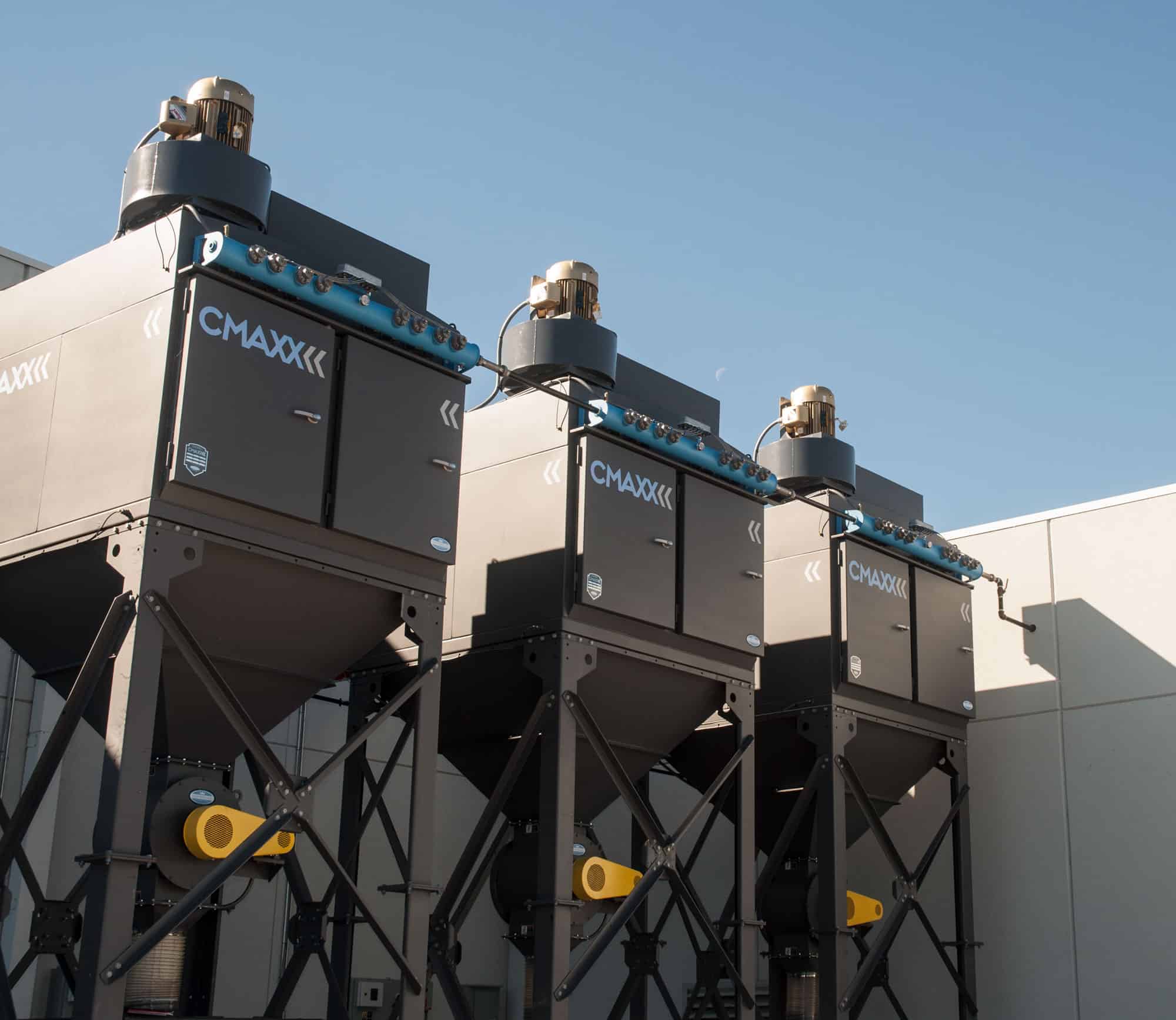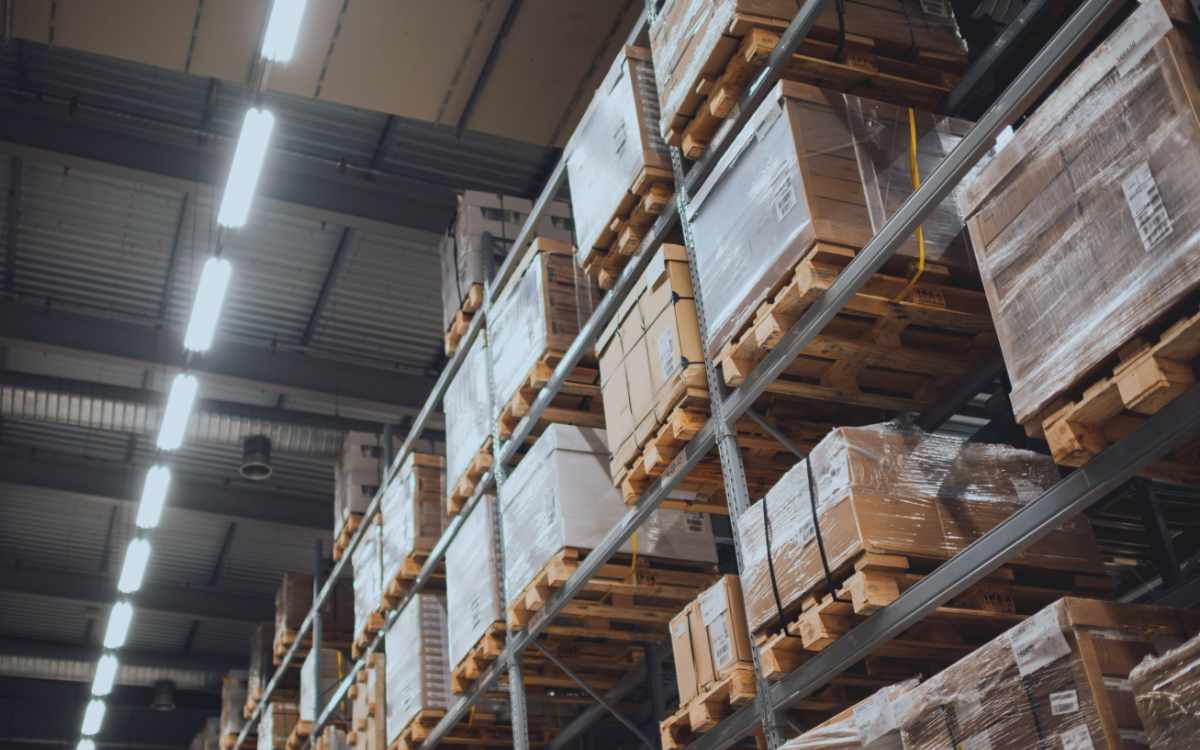Wondering if that aging thing behind the building needs a little work? One company put money into a dust collector upgrade. As a result, it ended up saving them from serious property damage and expensive repairs.
The dust explosion index dustsciencesafety.com issued an incident report. It chronicles that a company, which makes specialty automotive parts, suffered a metal dust fire in May 2018. Metal dust fires can be dangerous and explosive. So major damage could have been done to the building and people in it.
Luckily, the company had recently invested in upgrading its dust collection system, which includes several collectors. Thanks to this investment, the fire never escaped the dust collector. Firefighters arriving on the scene noted that because the fire was limited to the dust collector, it was easy to manage. Without the dust collector upgrade, the fire might have spread through the building.
Combustible Dust Hazards
 What kind of dust collector upgrade might save your building or employees from serious harm? Some old dust collectors may not have the kind of fire and explosion prevention devices required by NFPA standards on newer equipment. In some cases, it may be a poor system design. In other cases, the company or the system designers may not have known the dust could be combustible.
What kind of dust collector upgrade might save your building or employees from serious harm? Some old dust collectors may not have the kind of fire and explosion prevention devices required by NFPA standards on newer equipment. In some cases, it may be a poor system design. In other cases, the company or the system designers may not have known the dust could be combustible.
NFPA 652 requires that all facilities that handle combustible dust conduct a dust hazard analysis. It must include inspecting for any risk factors and figuring out how to fix them. The dust hazard analysis may reveal that the procedures for controlling combustible dust aren’t good enough. In that case, a dust collector upgrade or other improvements will be needed.
Fire and Explosion Prevention for Dust Collectors
One method of controlling fire or explosion is to prevent sparks or flames from getting into the collector at all. Install a spark arrestor, which is a passive protection device, in the ductwork before the dust collector. It will stop most, but not all, sparks. Another option is an active system with a spark detector. Once a spark or flame is detected, a chemical isolation system or abort gate triggers to isolate or divert it.
Other passive methods of fire and explosion control include explosion isolation valves. An advancing pressure wave will close the valve and isolate the explosion from moving forward. Probably the simplest tool, explosion venting, continues to be effective in releasing pressure from the collector. Also, consider a chemical suppression system inside the dust collector. It will suppress a fire that has reached the collector or started inside it.
If a dust collector is located inside a building, there must be a way to vent an explosion safely. Use a flameless explosion vent if an explosion can’t be vented outdoors. These are expensive and can allow dust to escape, so they shouldn’t be used with highly toxic materials. If there is no choice but to locate a dust collector inside, this may be the only feasible option.
Is a Dust Collector Upgrade Worth the Money?
Newer methods of fire and explosion control such as chemical isolation and suppression are dust collector upgrade options. Inspect old systems for any safety features that aren’t operating properly or don’t meet new standards. For example, a dust collector might not have enough explosion venting to meet current safety standards. Further, the filter media in the collector might be flammable instead of flame retardant material.
For the company mentioned at the beginning of this story, the decision to upgrade was very beneficial. Improving fire and explosion protection of their multiple dust collectors saved them an enormous amount of money. Firefighters noted that safety features kept the fire isolated inside the dust collector where it started. Had the fire spread back through the ductwork, large sections of the building could have been damaged.
Consider adding some new fire protection features, or upgrading an existing dust collector. Either costs much less than repairing fire-damaged buildings. As they often say, if you think safety is expensive, try an accident.


